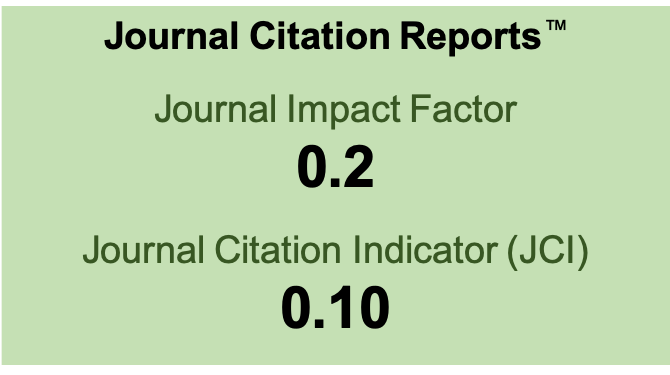Peruvian ushuñari coffee: sensory profile, cherries preference and captive management of Nasua nasua
DOI:
https://doi.org/10.19136/era.a10n1.3381Keywords:
Food, Coffee cherry, coati, organoleptic evaluation, SCAAAbstract
Trends in demand for specialty coffees and new quality options are gradually increasing, hence an alternative is post-harvest bioprocessing of cherry with wild animals. Therefore, the objective was to evaluate the sensory profile of coffee digestively processed by the ushuñari (Nasua nasua L.) and determine their preference for cherry according to varieties. Three ushuñaris were fed with coffee cherries of Caturra, Típica, Catimor and Bourbón varieties, undigested grains were collected from their feces and processed using SCAA (Specialty Coffee Association of America) protocol to determine their quality in cup, compared with a control without ushuñari, analyzing the data under a 2*4 factorial ANOVA (two types of coffee and four varieties). To determine their preference for varieties, combined cherries were offered in known weight and by difference of what was eaten, the preferred varieties will be defined, applying relative importance indices and ANOVA. The sensory profile showed significantly superior characteristics in the ushuñari coffee compared to the control in most sensory attributes (p < 0.05), with scores of 84.77 and 82.62 respectively, in addition, 100% of the ushuñari coffee samples were categorized s special and all varieties surpassed Caturra. Animals preferred Típica and Caturra cherries, although this did not affect its organoleptic quality. Bioprocessing of the four varieties of coffee significantly improved their organoleptic qualities, making them a special product alternative, considering a sustainable management of ushuñari in captivity.
Downloads
Downloads
Published
Issue
Section
License
Copyright (c) 2023 Ecosistemas y Recursos Agropecuarios

This work is licensed under a Creative Commons Attribution-NonCommercial-ShareAlike 4.0 International License.
Aviso de copyright
Los autores que se envían a esta revista aceptan los siguientes términos:
una. Los autores conservan los derechos de autor y garantizan a la revista el derecho a ser la primera publicación del trabajo con una licencia de atribución de Creative Commons que permite a otros compartir el trabajo con un reconocimiento de la autoría del trabajo y la publicación inicial en esta revista.
B. Los autores pueden establecer acuerdos complementarios separados para la distribución no exclusiva de la versión del trabajo publicado en la revista (por ejemplo, en un repositorio institucional o publicarlo en un libro), con un reconocimiento de su publicación inicial en esta revista.
C. Se permite y se anima a los autores a difundir su trabajo electrónicamente (por ejemplo, en repositorios institucionales o en su propio sitio web) antes y durante el proceso de envío, ya que puede conducir a intercambios productivos, así como a una cita más temprana y más extensa del trabajo publicado. (Consulte El efecto del acceso abierto).



